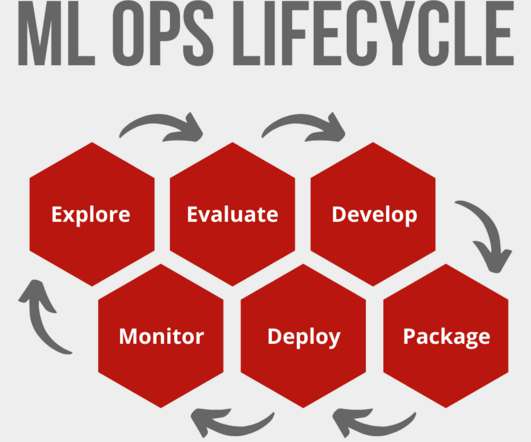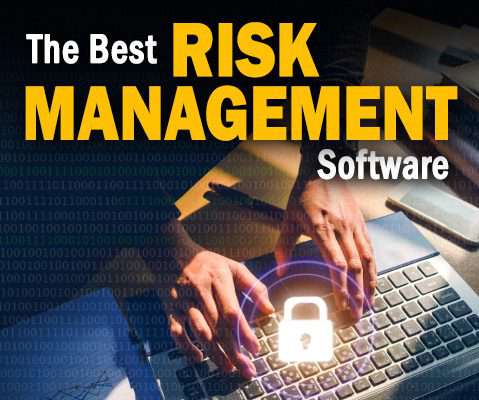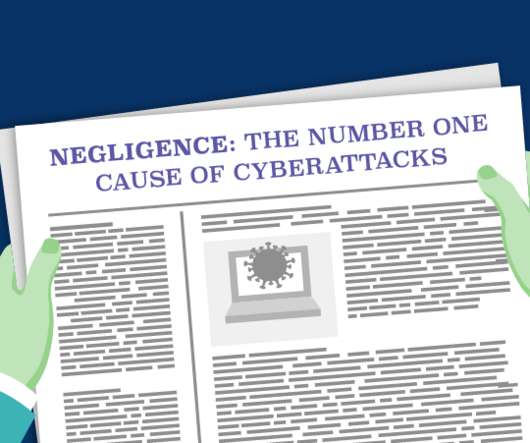Hurricane Risk Management: Key Considerations Before and After Storms Strike
Risk Management Monitor
AUGUST 30, 2021
The storm marks another overactive hurricane season officially underway in the United States, prompting business leaders and property owners to ensure they are adequately prepared from an insurance and risk management perspective. Before doing so, reach out to your insurance broker who can help guide you through this process.





































Let's personalize your content